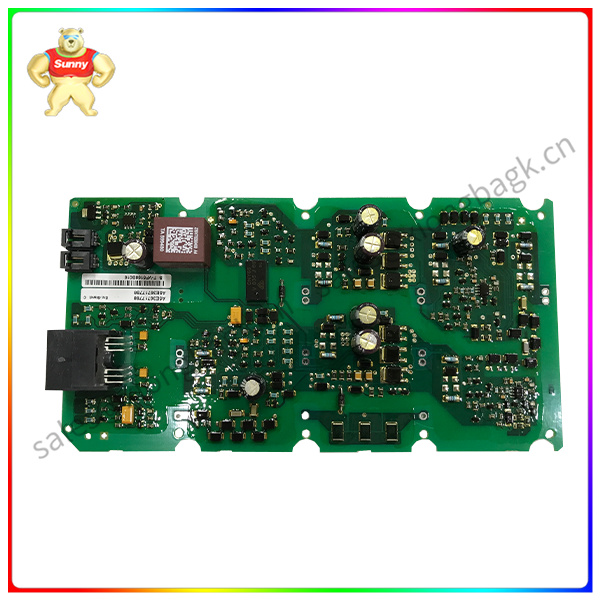On August 24, the 2023 Siemens EDA Forum, the annual event of Siemens EDA, kicked off in Pudong, Shanghai. The summit is the return of Siemens EDA after three years of offline, with the theme of “accelerating core creation, smart leading the future”, focusing on hot topics such as AI applications, automotive chips, SoC, 3D IC and circuit board system technology, sharing the latest technological achievements of Siemens EDA, and inviting a number of industry experts, technology pioneers and partners to gather together. We will discuss the development trend and technological innovation of the global semiconductor and integrated circuit (IC) industry.
As the cornerstone of the semiconductor industry, EDA, which is in the upstream of the industrial chain, supports the huge semiconductor market, and as the industry continues to move toward digitalization and intelligence, EDA tools also play a key “leverage” role in the digital economy. Although in the past period of time after the global economic downturn, downstream industry demand adjustment and inventory correction cycle continued and other factors, the EDA industry still shows the elasticity and resilience of stable development under the fluctuations of the industry cycle.
Lin Ling, Global Vice President and General manager of Siemens EDA in China, said in the opening speech of the summit: “How to understand market opportunities in changes and gain first-mover advantages in new business formats is the key to strengthen their resilience and achieve

A5E36717788
ultimate success. In the thirty-four years since entering China, Siemens EDA has always focused on the word “demand”, with experience to view the bureau, with technology to solve the bureau, with partners to break the bureau, we believe that forward-looking grasp of cyclical changes, help customers to build the next generation of electronic system design in advance, is the best solution to achieve collaborative development.”
In the keynote speech, Peng Qihuang, senior vice president and President of the Asia Pacific region of Siemens EDA, used the historical trend of semiconductors during the economic downturn as a mirror to explore the reasons for optimism in the new industry development cycle. Peng Qihuang said: “Although the semiconductor industry presents some uncertainties due to structural changes, the landing of new technologies, the prominence of semiconductor value, and the increase in corporate and government investment have released positive signals of optimism.” EDA tools are a key technology driving semiconductor development, and Siemens EDA will continue to export technical capabilities and contribute to the high-quality development of the semiconductor industry.”
Talking about the strategic direction of Siemens EDA, Peng Qihuang shared that the exploration of Moore’s Law and the continuous expansion of chip scale require semiconductor companies to adhere to innovation. To help customers meet their challenges, Siemens EDA is committed to building comprehensive EDA tools and services that enable future-proof solutions from chip to system. With the support of artificial intelligence/machine learning (AI/ML) and cloud computing, Siemens EDA actively develops large-scale heterogeneous integrated 3D IC technology to help customers improve the quantity and quality of transistors. At the same time, give full play to the integration advantages to create high-level integration, digital circuit implementation process, advanced verification, end-to-end testing solutions; In the face of the systematic trend of chips, Siemens EDA focuses on the system environment verification and digital twin application of SOCs to ensure the correct operation of complex systems and achieve innovation goals quickly.
Lincoln Lee, Technical General Manager of Siemens EDA Asia Pacific, introduced the content of the summit, highlighting the innovative applications of Siemens EDA in five areas: AI EDA tools, automotive chips, complex SOCs, 3D IC and PCB system technology. At the same time, experts from Unigroup Zhanrui, ZTE Microelectronics and other experts also shared the results of cooperation with Siemens EDA, such as: How Solido Library IP solutions based on AI technology to achieve the design goals of basic IP high performance and low power consumption, how to solve the problem of high-speed signal simulation coverage through HyperLynx automated simulation technology solutions, etc., a detailed interpretation of EDA field subdivision applications, to promote diversified technological innovation.
 中文版
中文版




